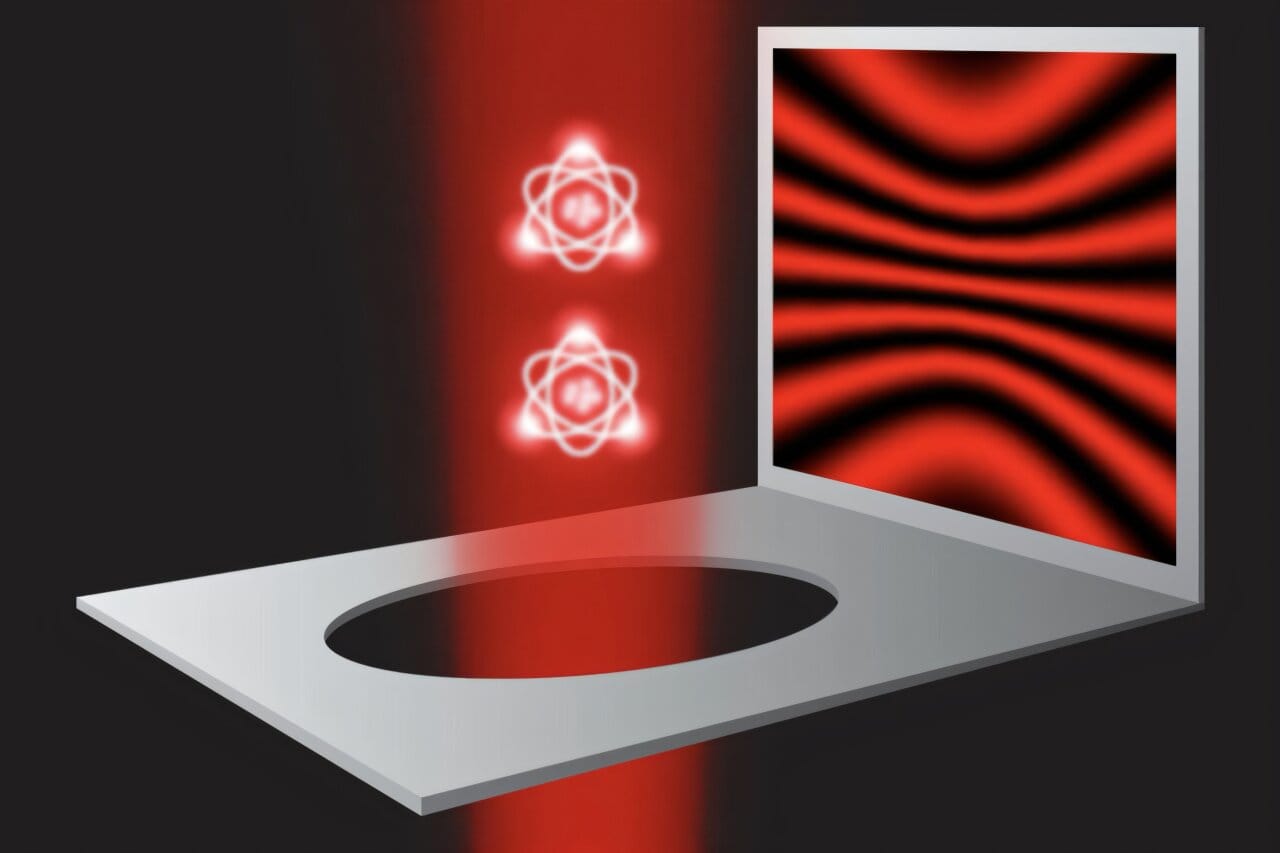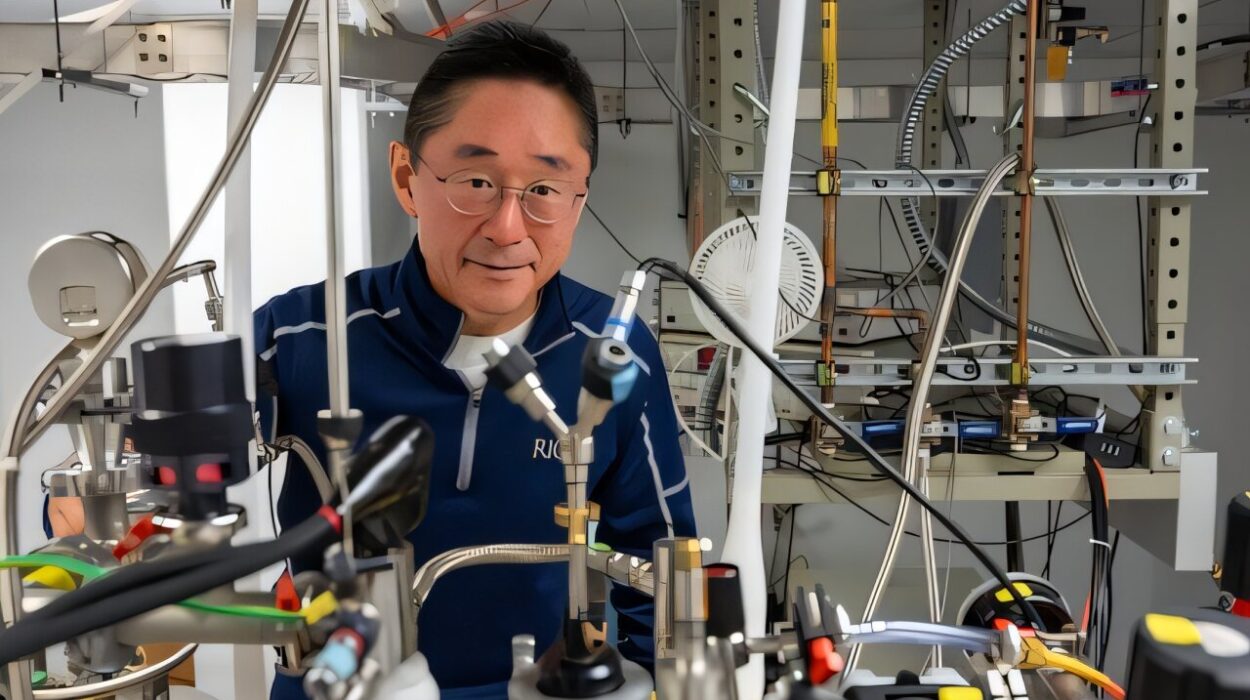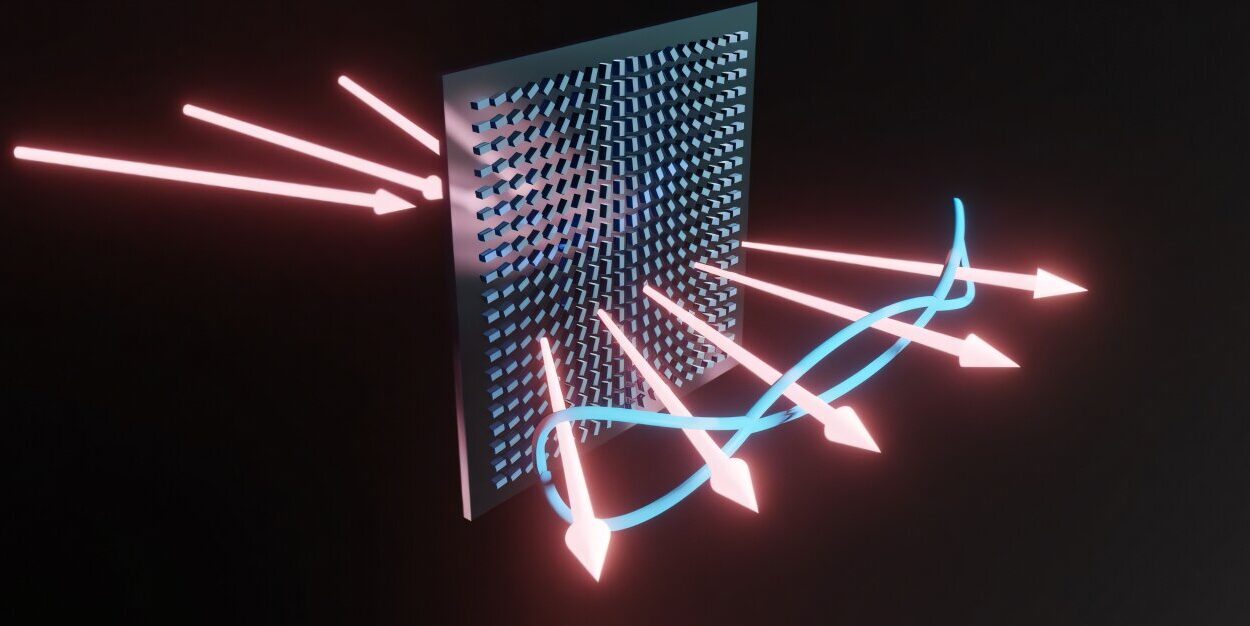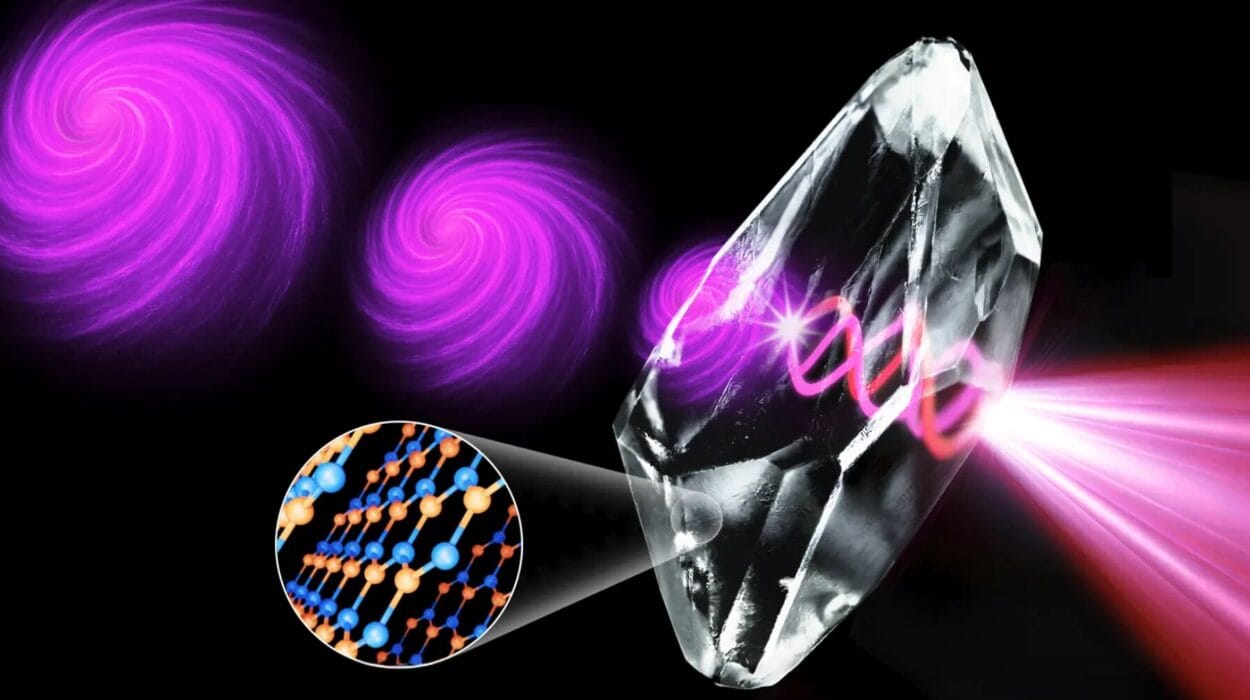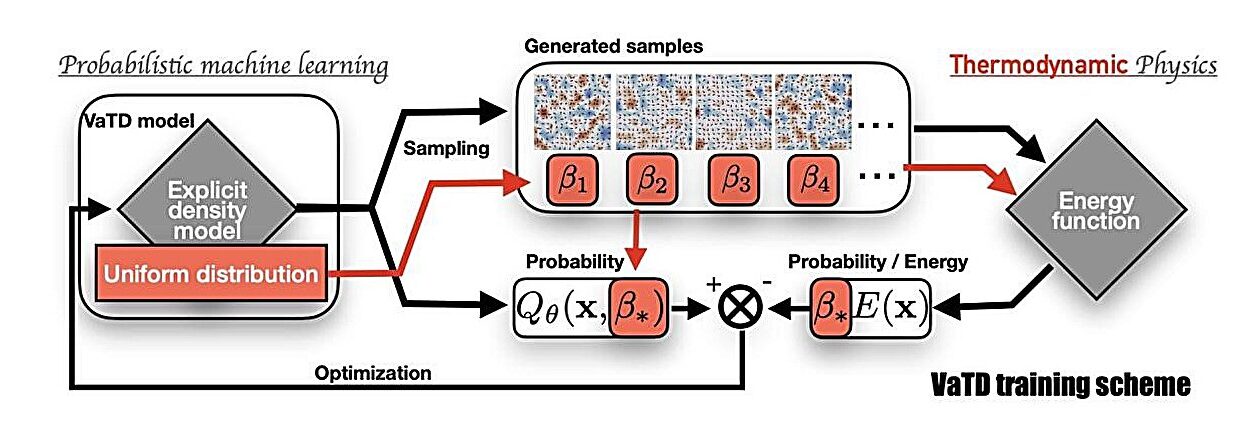In 1927, inside a quiet room in Brussels, two of history’s greatest physicists, Albert Einstein and Niels Bohr, stood locked in debate. They were not arguing about politics or philosophy, but something far stranger—whether light could reveal its dual identity as both a wave and a particle at the same time. Einstein believed it could. Bohr said it could not. Their disagreement became one of the most legendary thought experiments in science, tied to the famous “double-slit experiment” that still baffles students today.
Nearly a century later, in a chilled laboratory at MIT, a team of physicists has finally recreated Einstein’s challenge—not as an abstract thought, but as an exquisitely precise experiment with single atoms and photons. The result? Einstein’s intuition, brilliant as it was, missed the mark.
The Double-Slit Mystery
To understand the significance of this new finding, we need to return to the early 1800s, when Thomas Young first shined light through two tiny slits. What appeared on the wall behind them was not two bright spots, but a series of light and dark bands—an interference pattern that revealed light behaves like a wave.
But when scientists later performed the same experiment while trying to detect which slit each photon traveled through, the interference vanished. Light, it seemed, chose to act as a particle instead. This bizarre duality became a cornerstone of quantum mechanics, demonstrating that light can be both a particle and a wave—but never fully both at once.
Einstein argued that this mystery could be solved. If a photon passed through a slit, it should impart a tiny force—like a breeze nudging a swinging door. If physicists could measure that force, he claimed, they could determine the photon’s particle path without destroying the wave interference pattern. Bohr disagreed, saying the uncertainty principle forbade such a simultaneous revelation.
For decades, experiments leaned in Bohr’s favor, but Einstein’s idea lingered, tempting scientists to imagine a perfect test.
The Coldest Experiment
Wolfgang Ketterle, a Nobel laureate and professor at MIT, and his team have now taken this challenge to unprecedented precision. Working in a lab where clouds of atoms are cooled to microkelvin temperatures—fractions of a degree above absolute zero—they created a “quantum playground” where light and matter can be controlled with almost magical finesse.
Using an array of lasers, they arranged more than 10,000 individual atoms into a crystal-like lattice. Each atom, isolated yet identical, acted as the tiniest possible version of Young’s slits. Then, with a beam so faint that only single photons struck the atoms, the researchers scattered light in a way that mimicked the historic experiment—but on an atomic scale.
“In many ways, this is the purest version of the double-slit experiment ever performed,” Ketterle explained. “We reduced it to its quantum essentials: one photon, one atom, and a choice between wave and particle.”
Fuzzy Atoms and Quantum Choices
The MIT team introduced a clever twist: they could control how “fuzzy” each atom appeared in space. A tightly trapped atom stayed sharply defined; a loosely held one spread out, making it easier to detect a passing photon’s push.
When atoms were fuzzier, they recorded more information about a photon’s path—revealing its particle-like behavior. But as predicted by quantum theory, every gain in particle knowledge blurred the interference pattern, erasing its wave nature. No matter how delicately they tried, the team could not observe both identities simultaneously.
Einstein’s imagined test—detecting the photon’s force while still seeing interference—simply didn’t work. The photon’s passage “rustled” the atom just enough to destroy the wave pattern, exactly as Bohr had argued.
“Einstein and Bohr could never have imagined doing this with single atoms and photons,” Ketterle said. “But even in this idealized, almost perfect version of his idea, quantum mechanics holds firm.”
No Springs Attached
Earlier experiments had attempted similar tests by using spring-mounted slits that could wobble when photons passed. But such setups were never fully isolated from other disturbances. The MIT experiment showed that the physical springs weren’t essential to the debate at all. The critical factor was the quantum relationship between light and the atoms themselves.
By briefly turning off the laser “springs” holding the atoms in place, letting them float freely for a millionth of a second, the researchers confirmed the same result: the quantum fuzziness of atoms fundamentally limits what can be known.
“In popular descriptions, the springs seemed to play a major role,” said lead author Vitaly Fedoseev. “But we’ve shown it’s not about the springs—it’s about the deeper quantum correlation between photons and atoms.”
A Quantum Celebration
The findings, published in Physical Review Letters, arrive just as the world prepares to celebrate the International Year of Quantum Science and Technology in 2025, marking 100 years since quantum mechanics was first formulated.
For Ketterle’s team, the timing feels poetic: “A century after Einstein and Bohr’s famous debate, we’re still asking the same questions,” co-author Yoo Kyung Lee said. “But now we have the tools to answer them directly, with experiments they could only dream of.”
Why It Matters
This work is more than a historical footnote. Understanding quantum duality isn’t just an intellectual puzzle—it’s essential to technologies that define modern life, from lasers and transistors to quantum computers and sensors. Each advance pushes us closer to harnessing the strange rules of the quantum world for real-world applications.
But perhaps the most profound impact of MIT’s experiment is philosophical. It reaffirms a humbling truth of quantum physics: reality itself resists our attempts to fully pin it down. Light is both a wave and a particle, yet the very act of asking “which one?” changes the answer.
As Ketterle reflected, “Quantum physics tells us that nature is richer and stranger than classical ideas allow. Einstein challenged that strangeness—but even his genius couldn’t overturn it.”
Reference: Vitaly Fedoseev et al, Coherent and Incoherent Light Scattering by Single-Atom Wave Packets, Physical Review Letters (2025). DOI: 10.1103/zwhd-1k2t. On arXiv : DOI: 10.48550/arxiv.2410.19671
